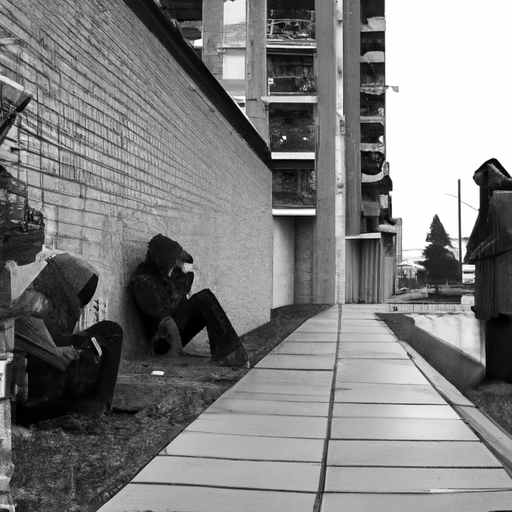The Varied Impacts and Approaches to the Canadian Opioid Crisis
The opioid crisis pervading across Canada is a complex issue deeply interwoven with socioeconomic factors, mental health, and systemic barriers. This was abundantly clear during Freeland’s meeting with Toronto MPs to discuss by-election loss, where the crisis took center stage in the discourse.
The opioid crisis, widely recognized as a national public health crisis, has witnessed an alarming surge in opioid-related deaths, largely attributed to the highly potent synthetic opioids. According to Public Health Agency of Canada, over 15,000 Canadians lost their lives to apparent opioid toxicity between 2016 and 2019, a statistic that underscores the severity of the crisis.
Opioid Crisis: Societal Fallout
The impacts of the opioid crisis are reaching far beyond public health, affecting societal strata at multiple levels. Notably, there has been a significant increase in crime rates, particularly those linked to drugs, and a ballooning number of homeless individuals. Many experts argue that these are not isolated phenomena but are intrinsically linked to the opioid crisis, highlighting the comprehensive approach required to address this multifaceted issue.
Rescue Measures: Scaling up Naloxone Distribution
One of the proactive measures discussed during the meeting was the expansion of naloxone kits’ distribution – a harm reduction strategy aimed at reducing fatalities due to opioid overdoses. Naloxone, an opioid antagonist, can reverse the effects of an opioid overdose if delivered promptly, making it a crucial tool in the battle against the opioid crisis. However, important steps need to be taken to further the distribution and accessibility of naloxone kits, particularly to vulnerable communities disproportionately affected by the crisis.
Ongoing Legal Endeavours: The Opioid Class Action Lawsuit
In addition to harm reduction initiatives, the opioid class action lawsuit was a significant topic of discussion. A group of provinces and territories are engaged in this lawsuit against opioid manufacturers and distributors, arguing that these companies aggressively marketed opioids despite knowing their addictive and destructive potential. The lawsuit, however, is still ongoing and no definite conclusions have been reached as of now.
Key Points:
- The opioid crisis, linked to socio-economic disparities and mental health issues, requires a multi-faceted approach considering these interconnections.
- The crisis has resulted in elevated crime rates, particularly drug-related, and increased homelessness.
- Expansion of naloxone kit distribution could significantly reduce opioid overdose fatalities.
- The opioid class action lawsuit against opioid manufacturers and distributors is another crucial aspect within the broader discourse of addressing the opioid crisis.
Final Thoughts
In conclusion, the opioid crisis’s vast scope necessitates a nuanced and multifaceted approach, integrating harm reduction strategies, policy changes, and legal pursuits towards opioid manufacturers. While the naloxone kit distribution is critical in instantaneously tackling overdoses, the opioid class action lawsuit signifies a longer struggle for accountability and justice. The impacts on crime rates and homelessness also suggest the necessity to address the underlined social factors that exacerbate the crisis. As civic and community leaders, our collective and coordinated actions are indispensable in navigating these complex terrains towards a sustainable solution for the opioid crisis.
